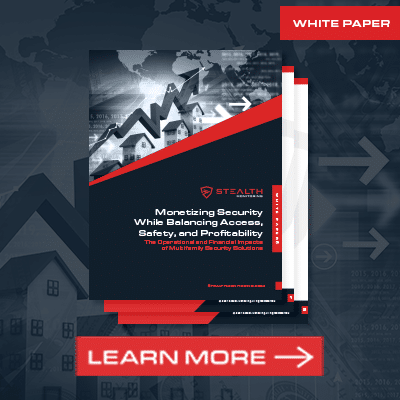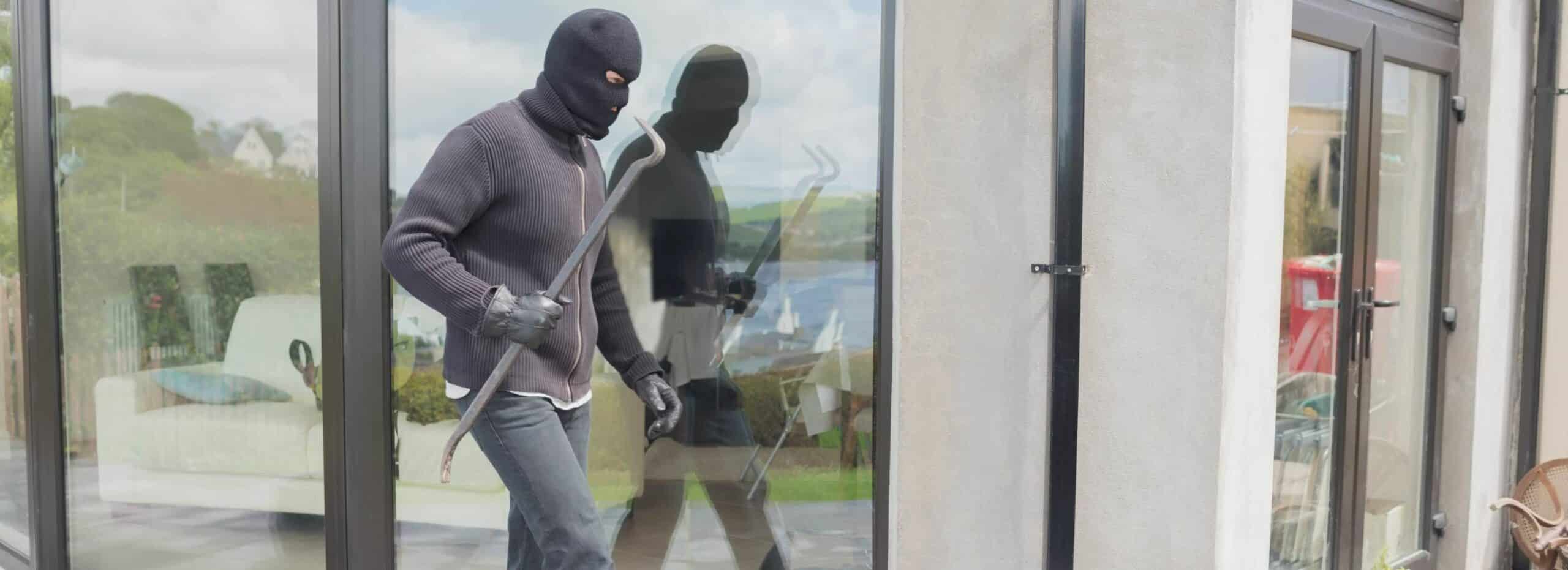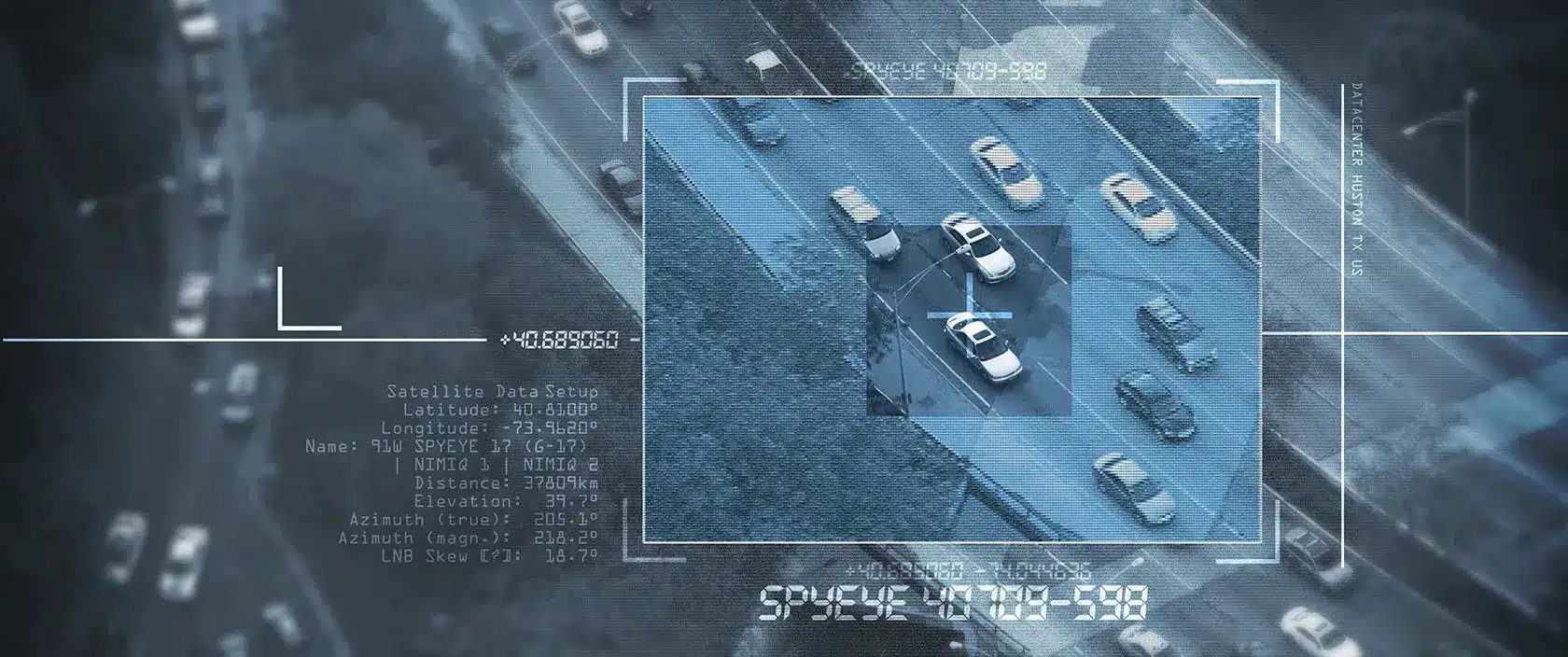The swift advancement in the multifamily residential property sector is transforming the management of these properties and the residential experience. Therefore, it leads to the revolution of multifamily residential technology, which affects every aspect of residents’ lives. The adoption of advanced technologies can significantly enhance the living experience for residents, streamline operations for property managers, and contribute to overall sustainability.
The smooth operation of multifamily residential communities demands finding ways to become more efficient in property management. Technologies like property management software, internet of Things (IoT) devices, and automated maintenance request systems simplify the management process. It allows employees to focus on their core responsibilities in the day-to-day operations.
These technologies improve communication between residents and management, guarantee timely maintenance, and keep the property well-maintained. In doing so, it can improve resident satisfaction and retention.
The integration of technology in multifamily properties also aligns with the preferences of younger generations, who currently drive the rental housing market. These tech-savvy renters expect a living experience that includes convenience, connectivity, and comfort.
They seek out communities that provide tech-driven amenities such as community-wide Wi-Fi, smart home devices, security, and high-speed internet. They’re must-haves and not optional. Multifamily residential communities that fail to meet these expectations risk falling behind in a staunchly competitive market.
The Value of Multifamily Residential Technology
The integration of smart home technology and tech-based amenities in multifamily residential properties is enriching the living experience in terms of convenience, sustainability, and marketability. Smart thermostats, lighting systems, and energy-efficient appliances help with environmental conservation. At the same time, they can lower utility costs for property managers and residents. It also aligns with the growing market demand for eco-friendly living spaces.
Multifamily residential properties that incorporate connected appliances, voice-activated assistants, and home automation systems attract digital natives. These innovations position multifamily properties as forward-thinking and modern.
Additionally, it empowers property management employees to spend more time on property management responsibilities, improving overall operational efficiency and customer service. That said, here are the top ways to level up the residential experience with multifamily residential technology.
Improve Package Management
Since 2020, package management has multiplied. The pandemic forced everyone to learn how to shop online. Despite the return to in-person shopping, people continue to shop online as they have discovered how easy and convenient the process can be.
According to ApartmentData, the average resident received almost 10 packages per month in 2022. Here’s a little math. A building with 200 residents will deal with 2,000 packages per month. That means 66 packages come to the multifamily residential property every day! That doesn’t even include busy times of the year like the winter holiday season.
Package management puts a burden on an already overloaded staff. A report from NMHC/Kingsley Package has found that 68% of multifamily residential staff spend between one to four hours every week handling residents’ package deliveries. The remaining 32% spend anywhere from four to 16+ hours dealing with packages!
Package management is disorganized and a serious problem for multifamily residential properties according to an article in The New York Times. A better way is to use video surveillance with remote monitoring and an access control system. Together, the technology controls who can enter the building and avoids the need to have someone stationed at the front of the building to receive the deliveries.
Video surveillance, remote speakers, and access control can help with more than package delivery. That’s why they can yield a return on investment within months.
Support Sustainable Living
Another critical area where multifamily residential technology has an impact is sustainability. With global priorities shifting towards environmentally friendly and sustainable practices, multifamily residential properties have been incorporating smart technologies for energy management.
This includes smart thermostats, energy-efficient lighting, and advanced HVAC systems that reduce energy consumption and lower utility costs. Such sustainable practices appeal to environmentally conscious residents and help with the overall reduction of the carbon footprint of these properties.
Not only do smart home technologies support sustainable living goals but they also give residents more control over their living space.
Provide Control with Smart Home Technology
Smart home technology supplies residents with unprecedented control over their living spaces. They do everything from adjusting lighting and temperature to managing security systems. These technologies let residents personalize their space to their liking. The ability to tailor living spaces makes these properties more attractive in a competitive rental market.
Functions that once required a trip or a phone call to the office, such as package delivery, maintenance requests, and resident communication, can now be managed through user-friendly apps. This streamlined approach saves residents time and effort. Such customization fosters a sense of ownership and comfort, which leads to higher resident satisfaction rates.
Streamline Operations with a Property Management System
Integrating property management software simplifies tasks such as managing maintenance requests, collecting rent, and communicating with residents. This saves time and resources while furthering the overall resident experience. In short, it can create a positive living experience.
Property managers and residents can easily and seamlessly communicate through the property management app. It goes a long way toward building a sense of community for residents. Some property management systems incorporate community tools to allow residents to connect, share information, and participate in community events. This also strengthens the sense of belonging, which is critical as it could compel residents to renew their leases.
Maximize Security with Multifamily Residential Technology
One of the top concerns for residents in multifamily properties is security. They want innovative solutions such as smart locks, surveillance systems, remote monitoring, and automated access control. Multiple options help fortify security to keep residents feeling safe and secure.
Employees should not be managing security on top of their core responsibilities. Instead, it’s more effective to centralize security by working with a security vendor that has experience in securing multifamily residential properties. However, the type of security system matters because many traditional security technologies are reactive. This means they can’t detect and deter crime until it’s to late.
A more powerful and effective approach is an integrated security system with remote monitoring, video cameras, and an access control system. It’s a proactive security technology that can help thwart crimes. What makes it different from traditional security systems is that the monitoring contains two components: advanced technology and trained human monitoring operators.
The technology and monitoring operators work in conjunction to help quickly spot unusual activities and behavior. They watch over the multifamily residential property from a remote location. The technology analyzes all the cameras looking for a match to any one of its many programmed scenarios. As soon as it identifies a possible problem, it alerts the monitoring operator.
The monitoring operator can check the activity and follow the process for the scenario. How they respond depends on the situation. For example, if someone does not belong on the property, the operator can issue a warning on an on-site speaker.
If the suspects don’t hear or respond to the warning, then the monitor can move to the next step and contact the police.
Companies like Stealth Monitoring have built relationships with law enforcement agencies across North America. This means when emergency personnel get a call from Stealth, they tend to respond more quickly because there is video verification of something happening.
Implementing Multifamily Residential Technologies
The role of technology in multifamily residential properties can’t be overstated. It helps enhance security, promote sustainability, and increase operational efficiencies for multifamily property. These are crucial for meeting the growing demands of residents. As the rental housing market continues to grow and evolve, embracing advanced technologies will be key to providing a superior living experience and standing out in a crowded market.
The adoption of multifamily residential technologies is a strategic necessity. As the real estate landscape continues to change, properties that adopt and integrate the right multifamily residential technologies can better meet the demands of a highly tech-driven society. In doing so, they can provide residents with a more enjoyable, comfortable, safe, and modern living experience.
Additionally, property managers and employees have a responsibility to create a safe space for everyone on the property including residents, vendors, carriers, and visitors. Video surveillance with remote monitoring can do that as an all-in-one solution.
Finding the right security vendor with multifamily residential security experience is key. Timing matters in emergencies and Stealth can improve your property’s chances of getting a faster response from emergency services. On top of this, many Stealth clients get an ROI within months.
To ensure a multifamily residential property maximizes security, refer to this video surveillance checklist to find a partner with experience. To learn more, pick up this free Complete Guide to Securing Your Apartment Building or contact us.
Texas Private Security License Number: B14187
California Alarm Operator License Number: ACO7876
Florida Alarm System Contractor I License Number: EF20001598
Tennessee Alarm Contracting Company License Number: 2294
Virginia Private Security Services Business License Number: 11-19499
Alabama Electronic Security License # 002116
Canada TSBC License: LEL0200704





